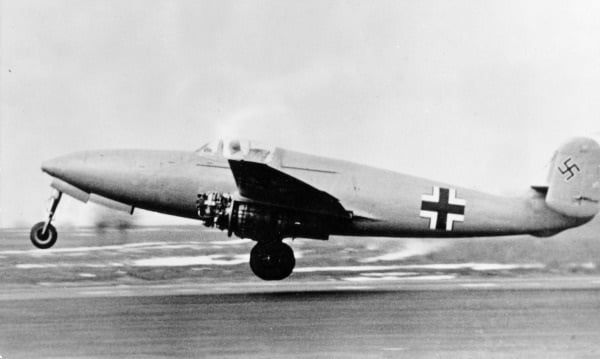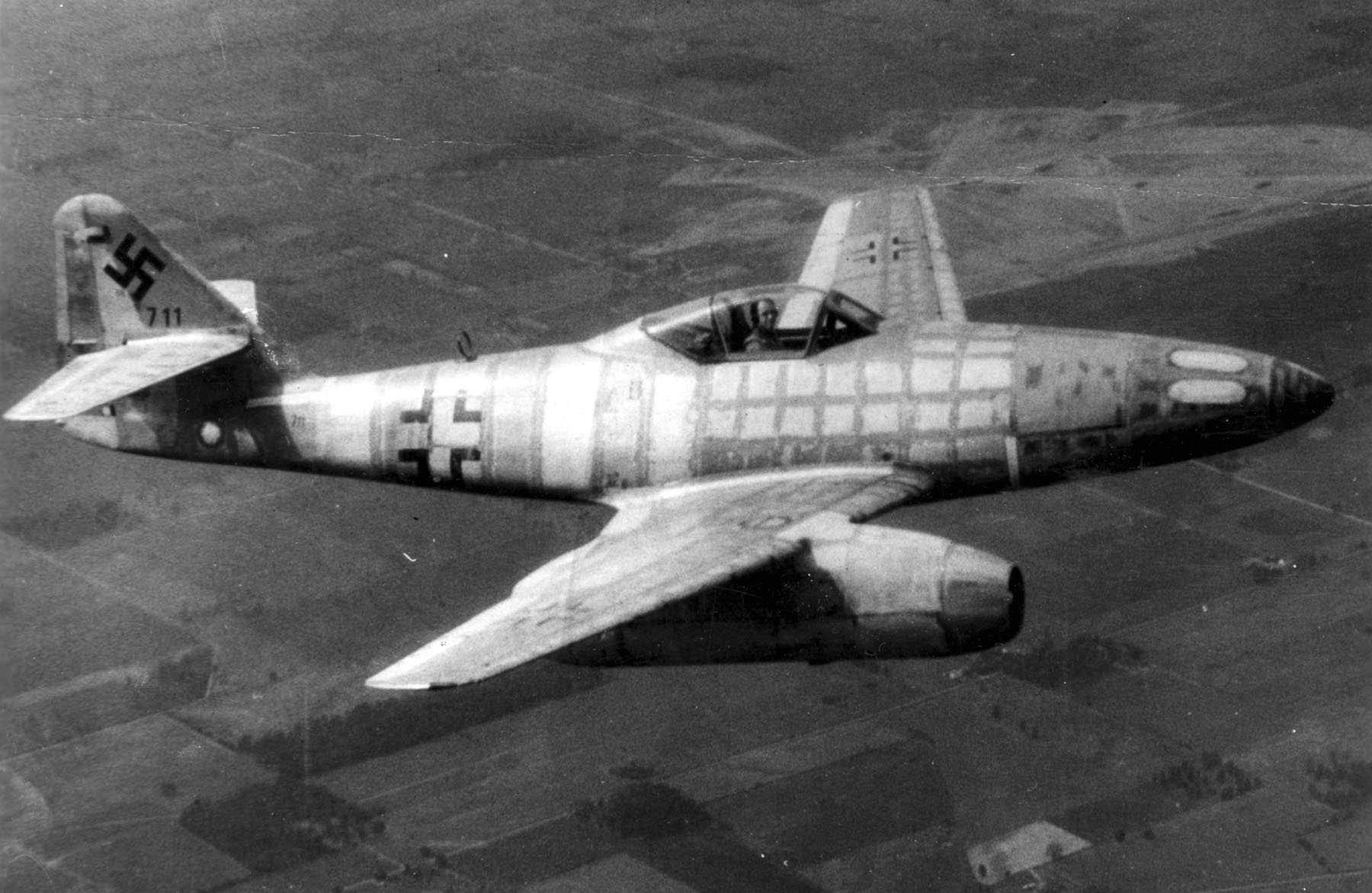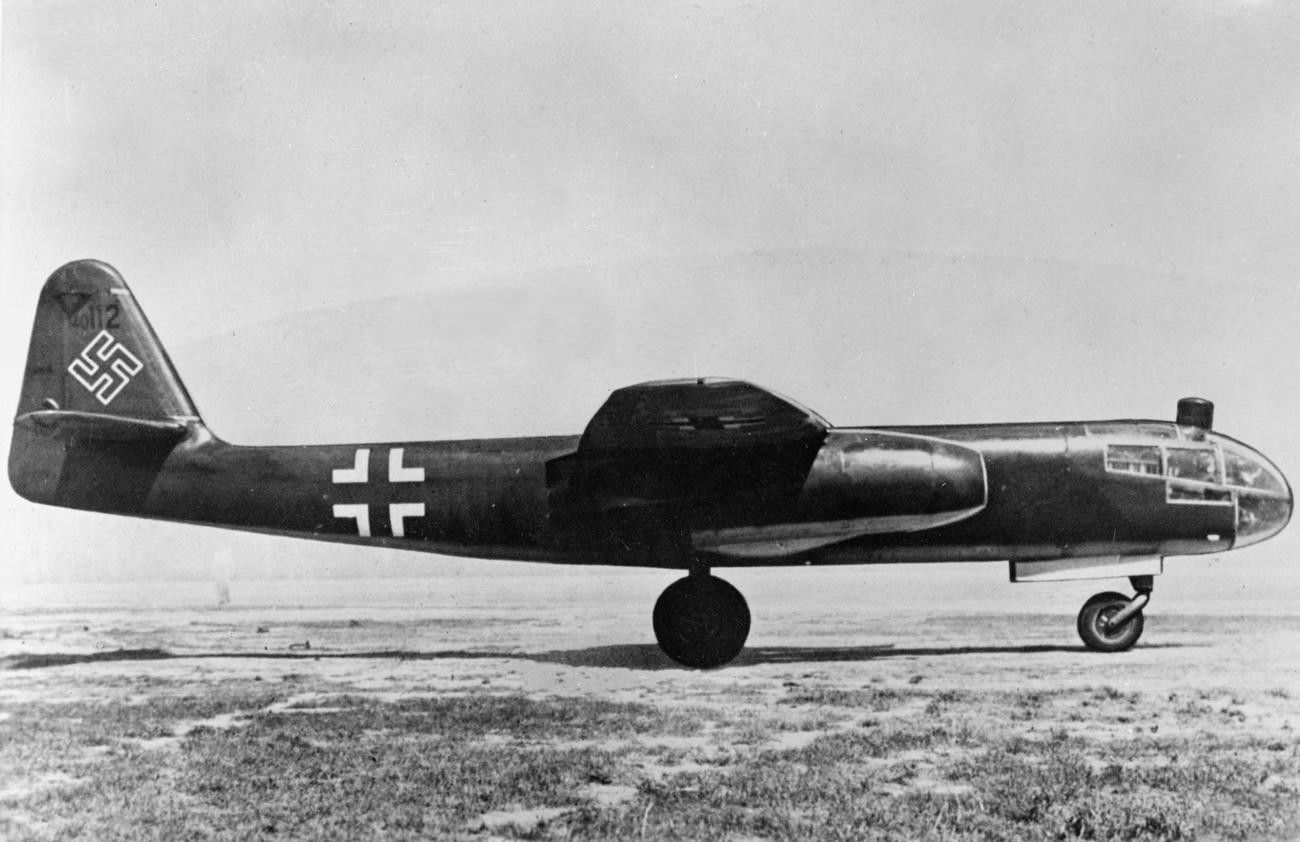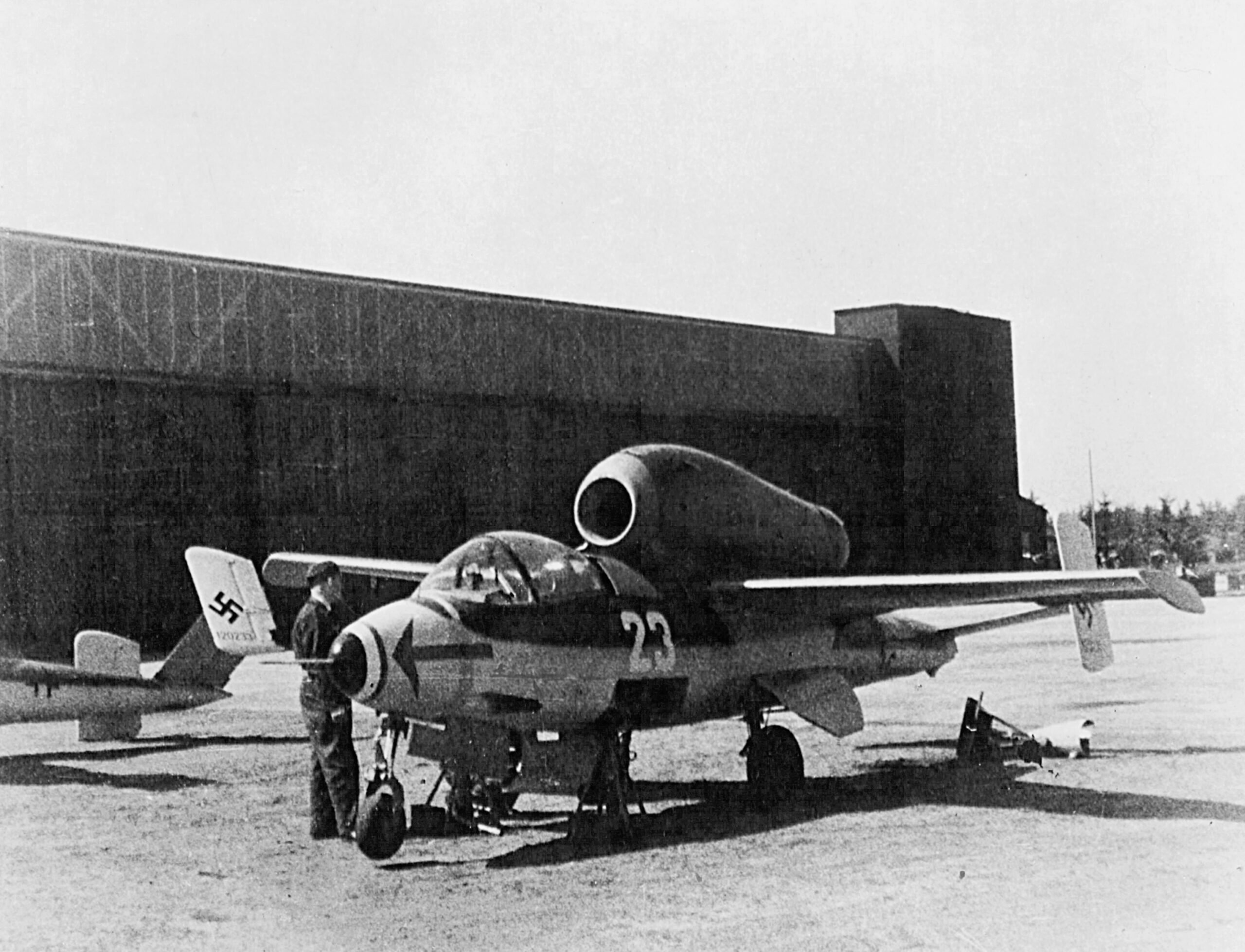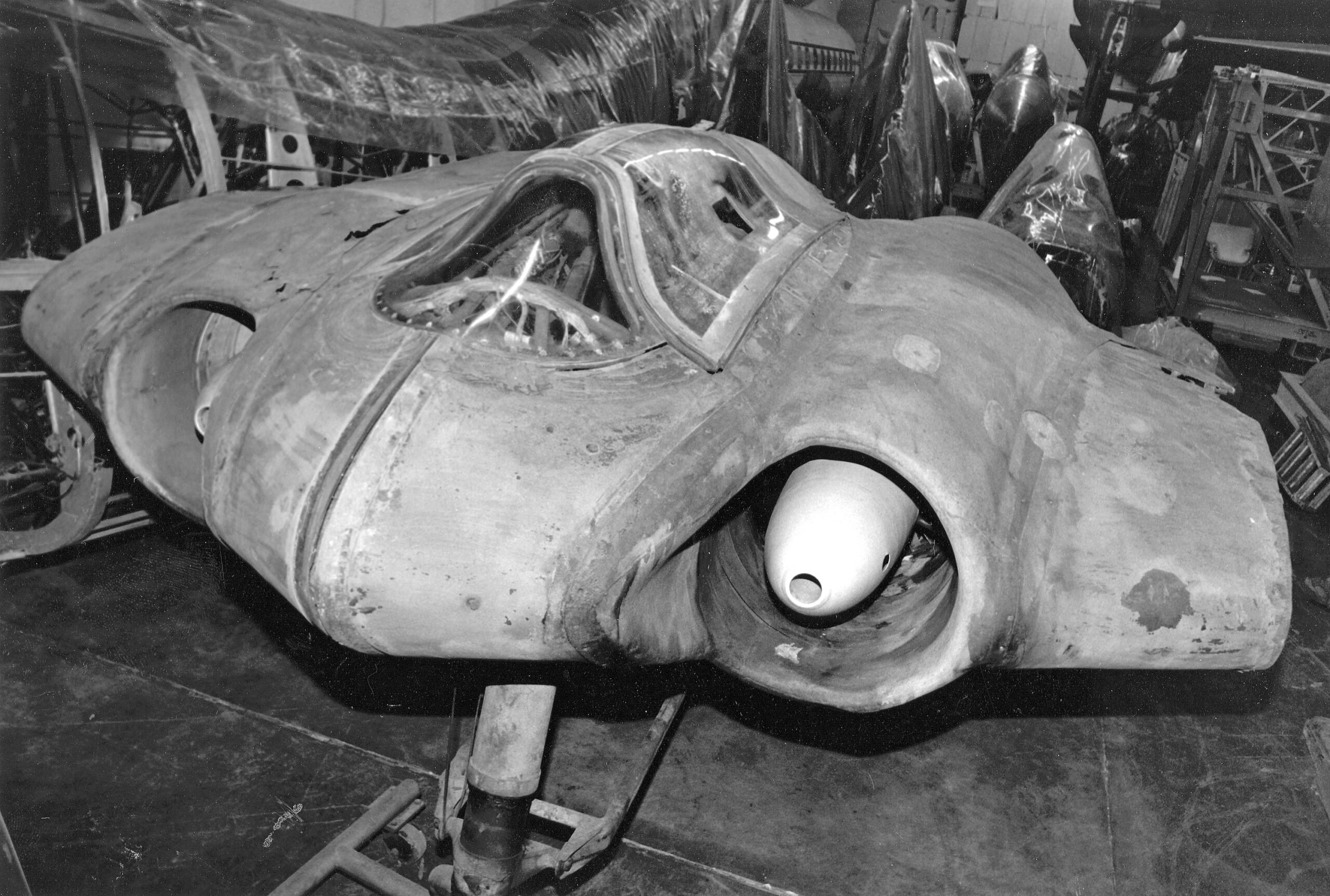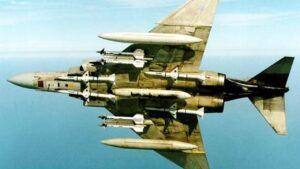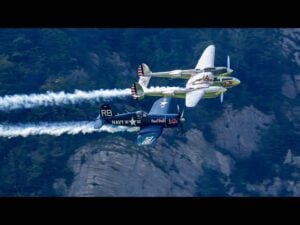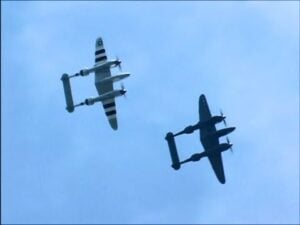Germany’s 7 Jet Aircraft You Didn’t Know About

YouTube / Red Wrench Films
In 1944, Allied bomber crews faced a terrifying new enemy streaking through the skies, Germany’s jet fighters. The Me 262 roared past prop-driven escorts like they were standing still, shredding bomber formations with its deadly 30mm cannons. But here’s the twist: the Me 262 wasn’t the first German jet. It wasn’t even the second. In fact, it was part of a whole hidden lineup of experimental Nazi jet aircraft. Today, we’re diving into the secret German jets that changed the future of aviation forever.
1. Heinkel 178
The Heinkel 178 was an experimental jet with a small, simple design. Its jet engine was mounted at the center of the round metal fuselage with an intake in the nose and an exhaust in the rear. It had a set of high-mounted wooden wings, retractable landing gear, and a basic cockpit.
Hienkel has been developing the 178 in almost complete secrecy. When the aircraft was finally shown to the government officials in November 1939, they weren’t that impressed. Novelty aside, the aircraft can only reach 371 mph, only 20 mph more than a fully combat-laden Bf-109, and has a combat endurance of around 10 minutes. Only one 178 would ever fly, and despite the airframe being placed in the Berlin Aviation Museum after the tests were complete, it was destroyed during an air raid in 1943.
2. Heinkel 280
This aircraft would mount two underwing HeS8s and a further development of the HeS3. The engines were mounted on semi-elliptical wings attached to the slender fuselage with twin horizontal stabilizers.
Although the rest of the airframe was complete during the summer of 1940, there were a number of engine issues. The prototype went through glide tests, with weighted pods slung under the wings in place of the jet engines. After six months, the second prototype flew. Still, issues with its engine persisted. In 1943, the aircraft made a demo against a piston-engined Focke-Wulf 190 in a mock dogfight. It was hugely impressive that the Air Ministry ordered 20 pre-production models, followed by 300 combat aircraft. However, a challenger has emerged- Messerschmitt.
3. Messerschmitt 262
Messerschmitt’s rival design, the Me 262, had first flown on July 18, 1942, using a similar configuration to the He-280. A long, slender fuselage with twin, underwing BMW jets.
The BMW jets were heavy, thus the wings were swept at 18.5 degrees and shift the center of gravity backwards as much as possible. This accidental design change allowed the 262 to perform better at high speed by delaying the compressibility on the wing surfaces. For its first flight, the 262 didn’t even use its BMW engines and was instead fitted with the Junkers design, the Jumo 004. It was soon decided to completely abandon the BMW jets and focus on adapting the 262 and using these Junkers engines going forward, since they are more reliable.
4. Arado 234
The Air Ministry ordered two prototypes of the aircraft, which would be known as the Ar 234, first flying in June 1943. The 234 was relatively bigger than the He 280 and the Me 262, but with the same engine arrangement, a BMW jet under each wing. This would soon be swapped for the Jumo 004, like on the Me 262.
The rest of the design was relatively simple- high-mounted wings and a slender fuselage, mounting a conventional T-shaped tail. To save weight and increase speed, the Arado would not use the retractable landing gear and would actually take off from a wheeled trolley, jettisoned as it lifted off the runway. On the landing, the aircraft would be using 3 skids to come to rest, one under the fuselage and one under each engine nacelle. It would eventually enter service in the summer of 1944, conducting high-speed reconnaissance flights over France and the UK. Over Arado 234’s were ever built, with only very few seeing service.
5. Fiesler 103 “Reichenberg”
This jet highlights the Germans’ desperation during the war. Starting in June 1944, they started deploying the first of their vengeance weapons, one of which is the Fiesler Fi 103, aka the V1. It was essentially a cruise missile, powered by Argus 014 pulsejet. Launched in France, it was guided by its simple autopilot to its target in London, crashing on the ground and detonating an 850kg warhead.
However, the V-1 is inaccurate, and added something unthinkable, something they would never have done years prior- they added a pilot. The Fiesler 103 “Reichenberg “was a human-guided bomb built to attack Allied shipping during a potential amphibious invasion. Technically, it was a suicide aircraft. The pilot, after the jet was released from its mother aircraft, would be trained to aim the vehicle and then bail out moments before impact. The pilots sent out were volunteers of the Leonidas Squadron, who were willing to give their lives for the Reich. Luckily for them, the aircraft was never deployed with Germany viewing the project as an unnecessary waste of trained pilots and resources, opting for another project instead.
6. Heinkel 162
The Heinkel He 162 was one of Nazi Germany’s last desperate attempts to turn the tide of World War II. Nicknamed the Volksjäger (“People’s Fighter”), it was designed to be cheap, fast, and easy to build, even by unskilled factory workers. Powered by a single BMW 003 turbojet mounted above the fuselage, the lightweight wooden jet could reach speeds of over 560 mph, making it one of the fastest aircraft of its time.
However, the He 162’s rushed design led to reliability and safety problems, and only a handful ever saw combat before the war ended. Despite its short career, the jet remains a fascinating example of late-war German innovation and desperation.
7. Horton 229
The Horten Ho 229 was one of the most advanced aircraft designs of World War II- a sleek, jet-powered flying wing decades ahead of its time. Created by the Horten brothers, it was built using wood and carbon-based materials to save weight and reduce radar signature, making it arguably the world’s first stealth aircraft.
Powered by two Junkers Jumo 004 turbojets, the Ho 229 could reach speeds of around 600 mph, rivaling the fastest jets of the era. But the war ended before it could enter production. Only a few prototypes were built, one of which survives today at the Smithsonian. The Ho 229 remains a glimpse into what might have been — a revolutionary shape of aviation’s future born too soon.














